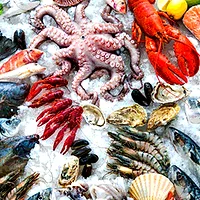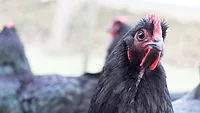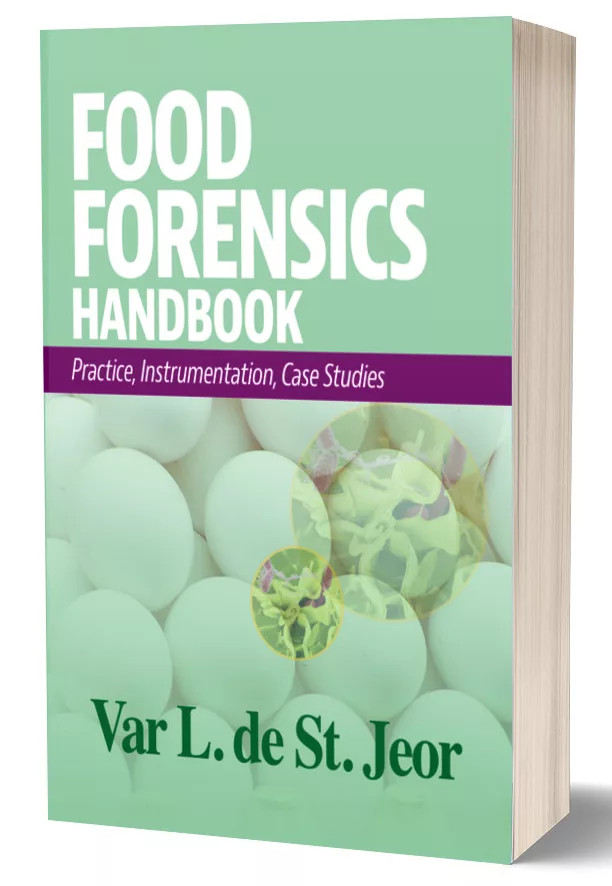Proper Use of Ultraviolet Germicidal Chamber Is Critical to Prevent Disease Introduction

Our Swine Disease Eradication Center set out to develop best practices for ultraviolet (UV) germicidal chambers––also known as UV boxes––which are commonly used by producers to sanitize objects that could introduce disease into farms. Despite its popularity as a biosecurity method, little was known about how effective the technology was in practice—until now.
UV decreases the risk of introducing a pathogen to a farm, but it does not guarantee it. In these UV chambers, UV type C (UVC, 240–280 nm) light is used to inactivate pathogens by destroying or disrupting the pathogen’s nucleic acids. However, the practical application and effectiveness of these chambers on swine farms had not been assessed.
We aimed to understand how UV chambers were being used and how effectively they eliminated Escherichia coli. What we found was striking: Among the 48 operations evaluated, just one was able to completely eliminate E. coli on the controlled sample, while the rest had inactivation rates ranging between 60 percent and 99 percent. There was also significant variability in the protocols, procedures, and UV box sizes being used by each operation. Some of the most common errors included stacking up objects, placing objects into plastic bags prior to UVC light decontamination, not allowing the UVC light to enter in direct contact with all the surfaces of the objects, lacking an empty cycle prior to start the treatments, and not having protocols to replace the UVC bulbs periodically.
Armed with a better understanding of these factors, and in collaboration with the Center for Animal Health and Food Safety, we created educational protocols to make sure farmers are using UV sanitization to its fullest potential. Step-by-step videos and pamphlets in both English and Spanish explain the correct way to position an object in the chamber and remind UV box users to keep bulbs free of dust and change them regularly.
The acronym NO PRRS helps producers remember the most important factors contributing to effective decontamination:
• New bulbs regularly
• Organize routine cleanings of UV chamber
• Place items in direct exposure to the UVC light
• Rotate objects based on bulb placement
• Reflective side walls
• Safety first
Producers should install new bulbs regularly, organize routine cleanings of UV chamber, and place items in direct exposure to the UVC light. Once an item is in the chamber, it should be rotated based on bulb placement. The chamber should have reflective side walls to distribute UV light and should always be operated with a safety first approach. Porcine reproductive and respiratory syndrome (PRRS) is the most costly swine disease in the U.S. and keeping PRRS virus out of the farms is a priority for producers. Proper use of UVC germicidal chambers should help decrease risk of disease introduction into farms.
Montserrat Torremorell, D.V.M., Ph.D., is an associate professor in the Department of Veterinary Population Medicine at the University of Minnesota.
Looking for quick answers on food safety topics?
Try Ask FSM, our new smart AI search tool.
Ask FSM →








